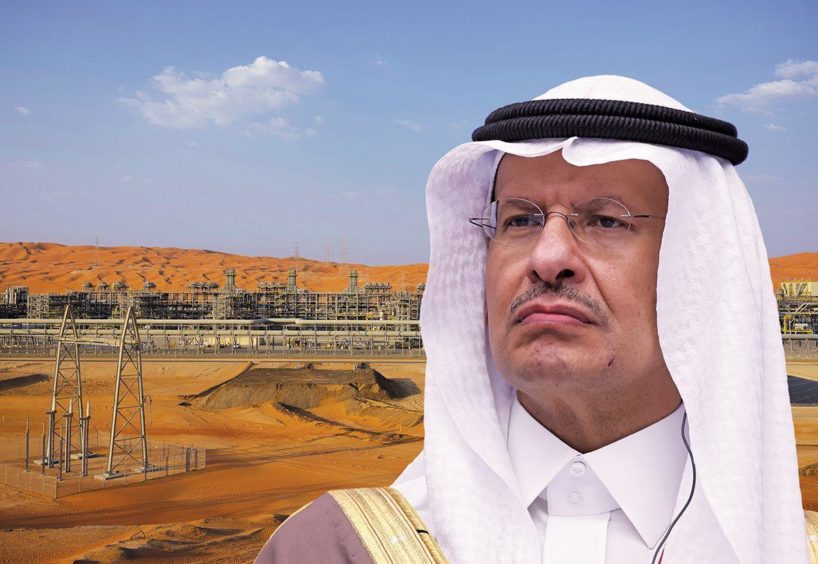
Oil extended gains to the highest level in almost three months after Saudi Arabia signalled confidence in the demand outlook by increasing the price of its crude for Asia by more than expected.
West Texas Intermediate futures rose around 2% in early trading to just shy of $121 a barrel before paring some gains. Saudi Arabia raised its official selling prices for Asian customers in July as China — the world’s top crude importer — cautiously emerges from virus lockdowns that’s strained its economy.
Oil has rallied more than 60% this year as rebounding demand from economies recovering from the pandemic coincided with a tightening market after Russia’s invasion of Ukraine. The war has fanned inflation, driving up the cost of food to fuels and prompted aggressive monetary tightening from central banks.
OPEC+ last week agreed to accelerate output following repeated calls by the US to pump more. The cartel said it would add 648,000 barrels a day for July and August, about 50% more than the increases seen in recent months. However, the group has struggled recently to meet its supply targets, raising doubts about whether it would be able to meet the goal.
Prices
WTI for July delivery rose 1.4% to $120.48 a barrel on the New York Mercantile Exchange at 7:17 a.m. in Singapore.
Futures climbed to $120.99 earlier in the session, the highest intraday price since March 9.
Brent for August settlement gained 1.5% to $121.49 a barrel on the ICE Futures Europe exchange.
Saudi Aramco raised its key Arab Light crude grade for Asian customers by $2.10 a barrel from June to $6.50 above the benchmark it uses. The market was expecting a boost of $1.50, according to a Bloomberg survey. Aramco also increased its prices for northwest Europe and Mediterranean regions.
Brent remains steeply backwardated, a bullish structure where near-dated contracts are more expensive than later-dated ones. The prompt timespread for the global benchmark was $2.79 a barrel in backwardation, compared with $2.69 on Friday. For WTI, the spread was near $3.